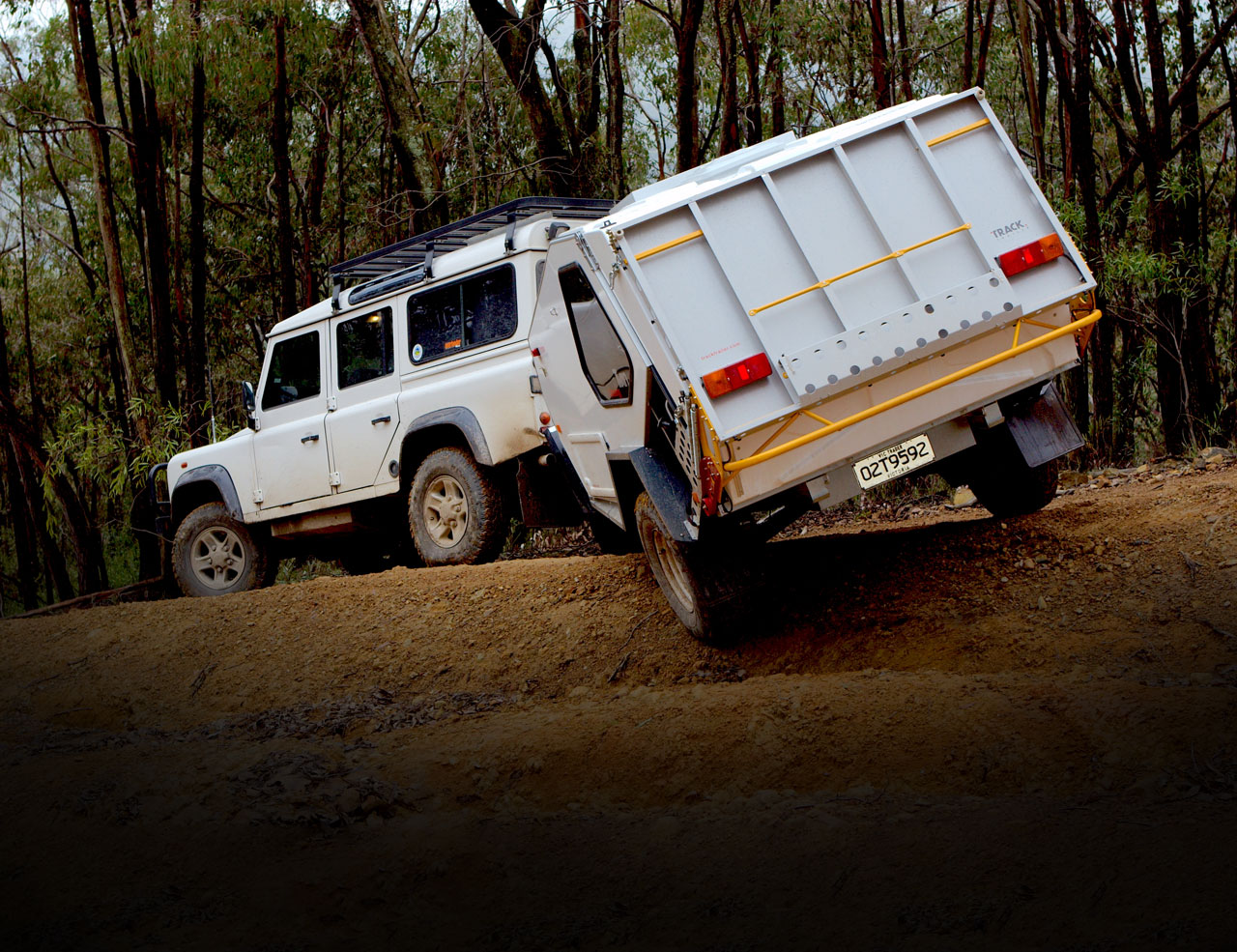Raising your 4×4’s ride height can affect suspension geometry as well as driveline angles. This Defender scores a double cardan front propshaft to eliminate unwanted driveline vibrations.
Following on from our recent story titled LONG TRAVEL SUSPENSION… MUCH MORE THAN SPRINGS AND SHOCKS, I mentioned that the last piece to the suspension-lift puzzle I needed to sort on my Defender was fitting a double cardan front propshaft to overcome the increased driveline angles and prevent unacceptable on-road vibrations.
When you raise a vehicle’s ride height by fitting longer springs and matched dampers, it will change suspension geometry, as well as driveline angles. In the case of my Defender, once the new springs and dampers were fitted the ride height had increased by 70mm, so the changes to geometry were significant.
This lift in ride height meant that I had to fit front and rear 30mm bump-stop spacers to ensure the new dampers would not compress too much; new rear upper shock mounts to suit the new pin-to-pin style dampers; and sway bar spacers to prevent the driveshafts from fouling with the sway bars. In addition, I also needed to fit a 2° offset caster correction bush kit to correct the angle of the front axle/diff housing, which had rotated forwards due to the increased ride height.

With suspension geometry sorted, I then had to address the increased angle on the front propshaft. I ordered a Bailey Morris ‘Premium Extreme Wide Angle Double Cardan Propshaft’ from Paddock Spares in the UK, which landed at my front door in just 14 days. As well as being a heavy-duty unit, this propshaft features three universal joints; one at the front (the diff end) and two at the rear (the transfer case end), the latter in a double cardan type joint. The double cardan joint allows the propshaft to run more smoothly at the greater angles that result from the increased ride height.

Fitting the new propshaft was a straightforward affair, and I managed it lying on my back in my driveway (which was far easier than the last propshaft replacement I witnessed halfway along a muddy track in Tassie). I simply unbolted the old propshaft (four bolts at each end) and replaced it with the new one (after greasing the three universal joints). The Land Rover design features an uneven bolt pattern to prevent the propshaft from being installed out of phase, so it’d be hard to get it wrong… even if you were lying in mud.

With the new double cardan propshaft in place, I went for a test drive and was immediately impressed by the Defender’s new-found smoothness. Well, if you’d just jumped out of a brand new 4×4 and into my old Defender, you might not think it so smooth, but these things are relative. Nevertheless, what started as a plan to fit longer springs and dampers evolved into a much bigger job, but I’m very pleased with the result.









